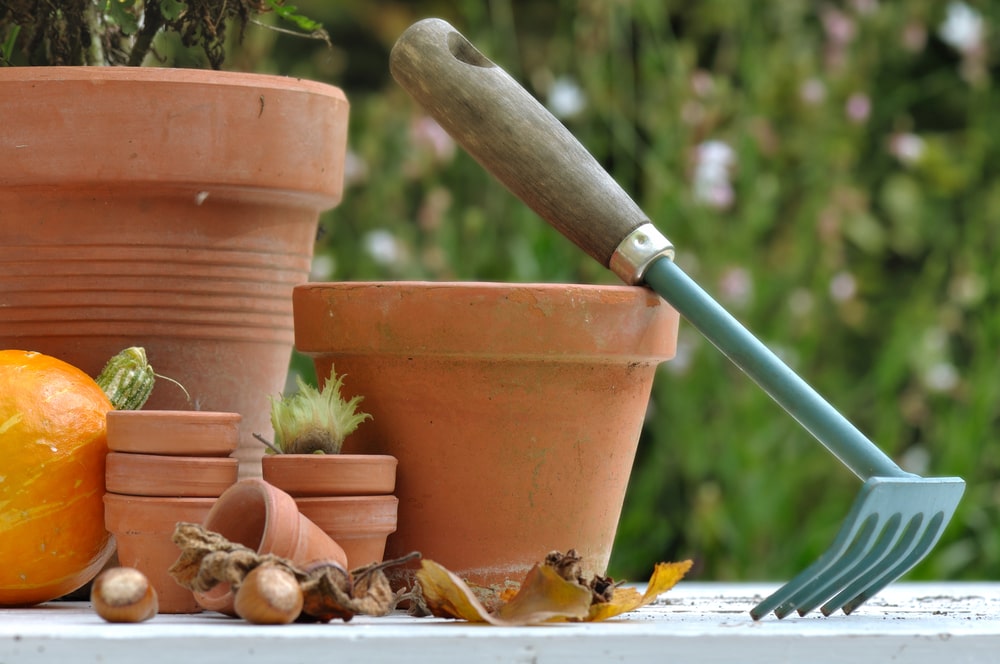Fall is Just Around the Corner! Here’s How to Prepare Your Garden
Here we are, dealing with summer heat and humidity and suddenly fall is looming on the horizon. There are some things to think about for fall:
Your Summer Vegetable Garden
Keep your summer veggies picked and be sure to stay on top of insect problems. If not, they may return to haunt you next year! Be sure to remove and dispose of any sick or diseased plants—do not compost them! While it’s still fresh in your mind, now would also be a good time to make note of any particular problems or triumphs you had.
Plant Fall Vegetables
Many vegetable plants thrive in the cooling temperatures of fall—broccoli, Brussels sprouts, cauliflower, cabbages, most root crops, and all your leafy greens. Even onions and garlic like to be planted as the soil cools down. The rules are basically the same—most fall veggies prefer six hours or more of direct sun. Leafy greens can tolerate some shade.
Weed
Do one last weeding. Over the winter, weeds can grow and proliferate during mild spells. You don’t want to head into spring inundated! Get everything out of there and periodically check on it over the winter.
Consider a Cover Crop
Cover crops, sometimes called green manure, do important things—they help to replenish the soil, keep weeds down over the winter, prevent erosion and many varieties bloom in early spring—providing food for foraging bees. And cover crops are very little work. Either late fall or early spring you simply till them INTO the soil and let them continue to enrich the soil as they break down.
Here is a quick review of the ones we carry:
- Crimson Clover: Legumes, like clover, fix nitrogen to the soil. It grows fast and produces attractive red flower heads that are very pollinator-friendly. When it’s finished blooming and before seeds set, till it in. You can plant approximately four weeks later.
- Buckwheat: It’s very good at retrieving phosphorus from the soil. Grows very quickly and is great for inhibiting weed growth. White flowers are pollinator-friendly. Till under after blooming but before seeds form. Breaks down quickly and you can plant three to four weeks after tilling.
- Hairy Vetch: Adds nitrogen to the soil. It grows fast and it is a great weed blocker. It lasts over the winter, making it good erosion control. Plant four to five weeks after tilling in. It produces bee-friendly flowers.
- Pea/Oats: This is a mixture of field peas and oats. It adds nutrients to the soil and helps to suppress weeds. The tops can be cut and used as fresh mulch, leaving the roots to break down in the soil. Or you can till in, planting three to four weeks after planting.
If you have any questions about fall (or any other season) planting, come in and see us!

